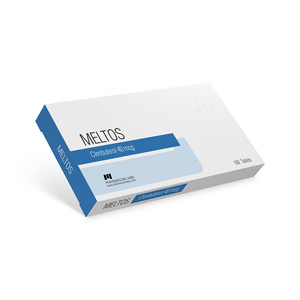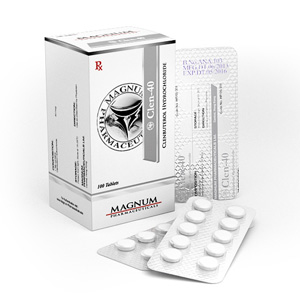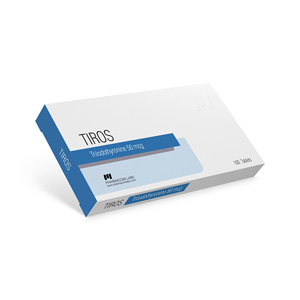Release form, composition and tutu
Tablets are white or almost white, round, engraved with “DLI” above and below the risks on one side.
1 tab. Furosemide 40 mg
Excipients: lactose, starch, pregelatinized starch, talc, magnesium stearate, colloidal silicon dioxide.
The solution for injection is clear, colorless.
1 ml. furosemide 10 mg.
1 amp furosemide 20 mg.
Excipients: sodium chloride, sodium hydroxide, water d / and.
Clinico-pharmacological group: Diuretic.
Pharmachologic effect
Lasix – Diuretic, sulfonamide derivative. It inhibits the reabsorption of sodium ions and chlorine in the ascending part of the loop of Henle.
It has a pronounced diuretic, natriureticheskoe, chloruretic effect.
Increases the excretion of ions of potassium, calcium, magnesium.
Reduces preload on the heart, reduces the filling pressure of the left ventricle and the pressure in the pulmonary artery through the expansion of large veins. It has an antihypertensive effect.
When administered in a dose of 40 mg, the onset of the diuretic effect is observed for 60 minutes and the duration is within 3-6 hours.
With intravenous administration, the onset of the diuretic effect is observed after 15 minutes, the duration is within 3 hours.
Pharmacokinetics
When taken orally
Suction
The drug is rapidly absorbed in the digestive tract. The time to reach the maximum concentration of the product in the blood plasma is from 1 to 1.5 h. Bioavailability is approximately 50-70%.
Distribution
Vd is 0.1-0.2 l / kg body weight. Binding to plasma proteins (mainly albumin) – more than 98%.
When the / in the introduction
Distribution and metabolism
Binding to plasma proteins (mainly albumin) – more than 98%. The main metabolite of the product is glucuronide.
Removal
T1 / 2 is from 1 to 1.5 h. Reproduced by the kidneys – 60-70%.
Indications
- edematous syndrome of various genesis (including in case of chronic heart failure, liver diseases) (for oral and intravenous administration);
- edematous syndrome in renal diseases (as an adjunct to the treatment of the underlying disease) (for oral and intravenous administration);
- swelling of tissues caused by burns (for ingestion and in / in the introduction);
- arterial hypertension of II degree (for oral administration);
- hypertensive crisis (as part of a comprehensive antihypertensive therapy) (for intravenous administration);
- swelling of the brain (for intravenous administration);
- acute heart failure, especially with pulmonary edema (as part of complex therapy) (for intravenous administration);
- poisoning (to maintain forced diuresis) (for iv administration);
- oliguria in case of toxicosis of pregnant women (after compensation for hypovolemia) (for intravenous administration).







